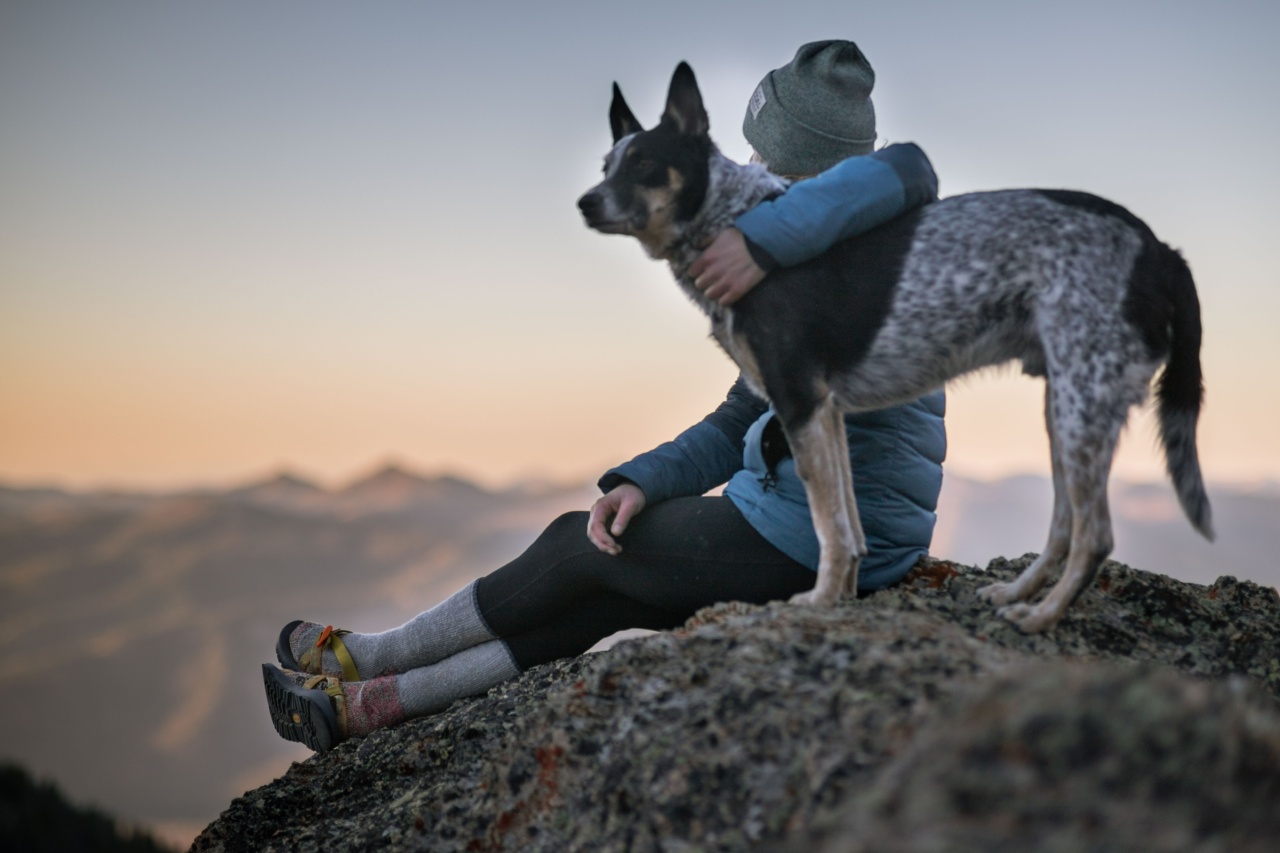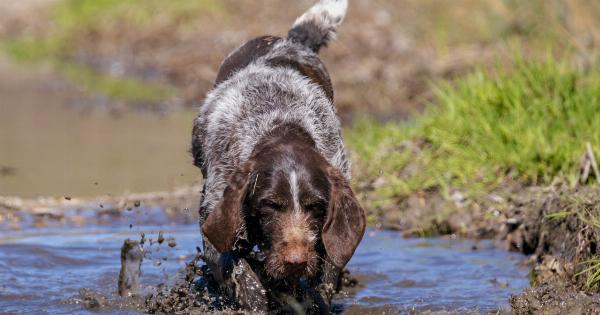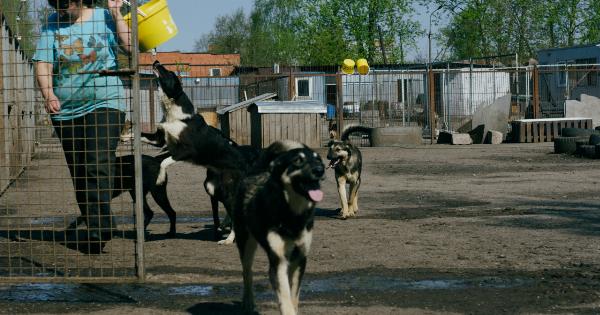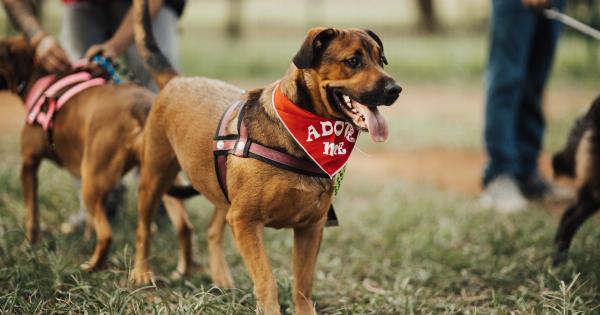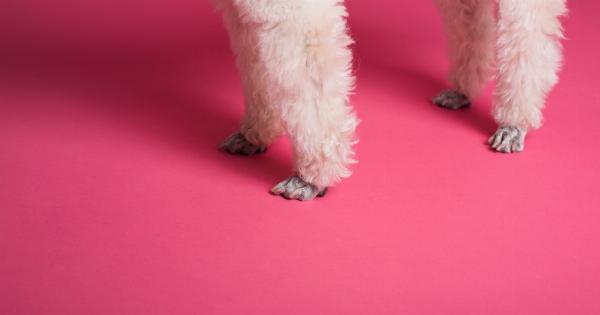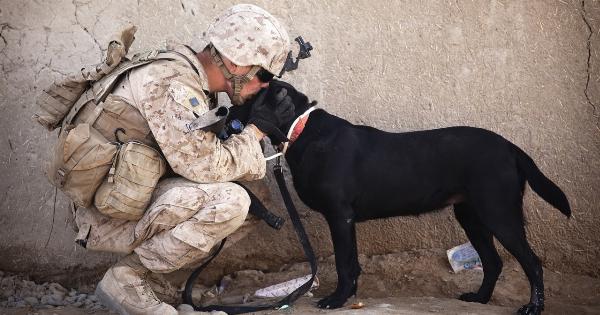As a dog owner, it’s easy to become distracted by their lovable personalities and cute faces, but it’s crucial to keep an eye on their health and well-being, too.
However, certain factors can make it harder to detect issues in your furry friend, particularly when they’re covered in mud. Here’s what you need to know about keeping your pet healthy, no matter their appearance.
Why Muddy Dogs Can Be Hard to Assess
While mud might seem like a minor cosmetic issue at first, it can actually pose significant risks to your dog’s health. Mud harbors bacteria and other pathogens that can lead to infections, both on their skin and inside their body.
Additionally, muddy areas may contain hazards like sharp objects or pollutants that could harm your pet.
When your dog is covered in mud, it can be challenging to assess their condition accurately. Mud can mask injuries, lumps, or other abnormalities, making it harder to detect emerging health issues.
Plus, it’s easy to become focused on cleaning them up rather than looking for potential problems.
The Importance of Regular Check-Ups
To ensure your dog stays healthy, it’s vital to take them to the vet for regular check-ups.
Your veterinarian can examine your dog’s overall health and identify any issues that may be present externally or internally, even if your dog is covered in mud. A thorough examination can help ensure that your pet is healthy and potentially catch any health problems early on. Regular check-ups are especially important for senior dogs, who are at greater risk of developing health problems as they age.
How to Spot Issues on Muddy Dogs
While mud can make it harder to see potential health issues, there are some steps you can take to spot problems more easily. First, pay attention to your dog’s behavior and activity level.
If they seem lethargic, aren’t eating well, or have digestive issues, these could be signs of a more significant issue. Additionally, make sure to give your dog a once-over when you clean them up after a muddy play session. Check for any lumps or bumps on their skin and watch for signs of injury or discomfort.
If you notice anything unusual, don’t hesitate to contact your veterinarian for advice.
Preventing Health Issues in Muddy Environments
The best way to avoid health issues in muddy environments is to prevent your dog from getting too dirty in the first place. There are a few steps you can take to minimize the risk of exposure to bacteria and other hazards:.
- Keep your dog away from stagnant water, which can harbor harmful bacteria
- Train your dog to avoid potentially hazardous areas
- Regularly groom your pet to prevent build-up of dirt and bacteria on their skin
- Consider using a protective coat or harness on your dog when out and about in muddy environments
If your dog does get muddy, make sure to clean them up as thoroughly as possible as soon as possible. Use a dog-friendly shampoo or other cleaning solutions, and dry them off completely to minimize the chances of bacterial growth.
If you notice any signs of infection or other health issues, contact your veterinarian immediately.
The Bottom Line
Muddy dogs can pose some significant challenges when it comes to assessing and maintaining their health.
However, by taking a few precautions and seeking regular veterinary care, you can help ensure that your pet stays healthy and happy, no matter how dirty they might get.
